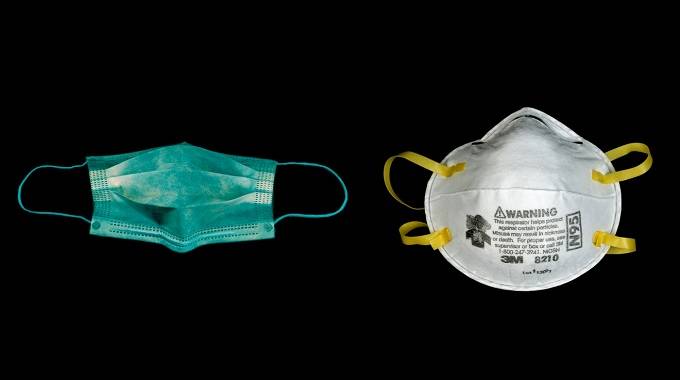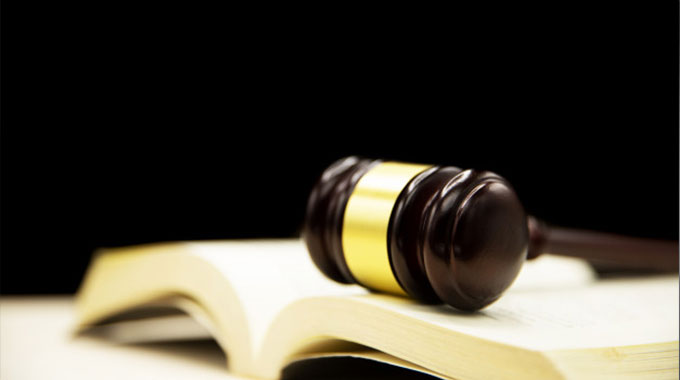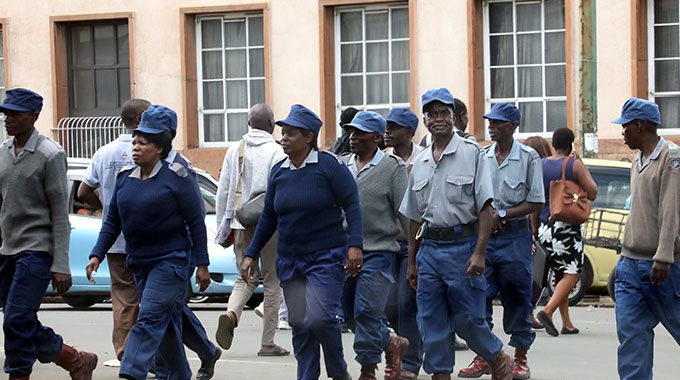Save a mask for future proper use

Noel Munzabwa, Chronicle Correspondent
SINCE the outbreak of Covid-19 recently, there has been a rational upsurge in consumption and a panic-inspired irrational medical face mask fashion craze.
Even on public transport, the mask has become a common sight. For many it seems a noble way of protection against the novel coronavirus which causes Covid-19.
But for a pharmaceutical mind, this common sight on our streets and on our public transport system represents wastage of critical protective material at a time of need.
In my two decades of pharmaceutical practice, for even five minutes of prescribed use, being an asthmatic, a mask has presented discomfort and difficulty in breathing. How much more for these day long users? Even worse for three of my fellow passengers on a 300-kilometre bus journey between Johannesburg, South Africa and Mbabane, Eswatini a few weeks ago.
Some of us are in panic mode. That is understandable because of the Covid-19 pandemic.
I have seen this panic all around, even from my own daughter. Through what she has read online, watched on television or heard from various radio stations she is totally in a panic mode. She has justifiably introduced the hand sanitizer and just the other day she tried to force a face mask on me.
Not to hurt her I had to find a polite way to show reluctance which was equally met by a forced self quarantine threat.
She is not alone in this panic, there are hundreds if not thousands others out there in those medical face masks.
Is it an informed use, called rational use in pharmaceutical language or just panic use bordering on fear laced up with inadequate information, called irrational use? The latter sounds loudly true.
Are those people roaming around the streets coughing and/or sneezing; or are they either health providers or caregivers – some of the prescribed and rationale use of face masks?
The World Health Organization (WHO) on the 19th of March published a paper, “Advice on the use of masks in the community, during home care, and in health care settings in the context of COVID-19.”
The paper states that wearing a medical mask is one of the prevention measures that can limit the spread of certain respiratory diseases, including Covid-19.
However, the use of a mask alone is insufficient to provide an adequate level of protection, thus other measures should also be adopted. If masks are used, they must be combined with hand hygiene and other infection prevention and control (IPC) measures to prevent human-to-human transmission of Covid-19.
WHO has developed guidance for home care and health care settings on IPC strategies for use when Covid-19 is suspected.
Wearing medical masks when not indicated may result in unnecessary costs and procurement burdens and create a false sense of security that can lead to the neglect of other essential measures, such as hand hygiene practices, WHO said. Further, using a mask incorrectly may hamper its effectiveness in reducing the risk of transmission.
The document sought to provide rapid advice on the use of medical masks in communities, at home, and in health care facilities in areas that have reported outbreaks of Covid-19. It is intended for public health and IPC professionals, health care managers, health care workers, and community health workers. It will be revised as more data become available.
Current information suggests that the route of human-to-human transmission of Covid-19 is either via respiratory droplets or contact. Any person who is within one metre (in close contact) of someone who has respiratory symptoms (e.g. sneezing, coughing, etc.) is at risk of being exposed to potentially infective respiratory droplets.
A medical mask is not required for people who are not sick as there is no evidence of its usefulness in protecting them. However, masks might be worn in some countries, in accordance with local cultural habits.
But is there any cultural link to this current misuse? A big no.
If masks are used, best practices should be followed about how to wear, remove, and dispose of them, and for hand hygiene after removal.
Wearing a medical mask is one of the prevention measures that can limit the spread of certain respiratory diseases, including Covid-19. However, the use of a mask alone is insufficient to provide an adequate level of protection, and other measures should also be adopted.
If masks are used, they must be combined with hand hygiene and other infection prevention and control measures to prevent human-to-human transmission of Covid-19.
Here are the guidelines on Medical Face Mask usage as prescribed World Health Organisation
- If you are healthy, you only need to wear a mask if you are taking care of a person with suspected 2019-nCoV infection.
- Wear a mask if you are coughing or sneezing.
- Masks are effective only when used in combination with frequent hand-cleaning with alcohol-based hand rub or soap and water.
- If you wear a mask, then you must know how to use it and dispose of it properly.
When and how to wear medical masks to protect against coronavirus
– Before putting on a mask, clean hands with alcohol-based hand rub or soap and water.
– Cover mouth and nose with mask and make sure there are no gaps between your face and the mask.
– Avoid touching the mask while using it; if you do, clean your hands with alcohol-based hand rub or soap and water.
– Replace the mask with a new one as soon as it is damp and do not re-use single-use masks.
– To remove the mask: remove it from behind (do not touch the front of mask); discard immediately in a closed bin; clean hands with alcohol-based hand rub or soap and water.
– Save a mask for future proper use.
Noel Munzabwa is a pharmacy technician with more than 20 years of experience. — @NoelMunzabwa











Comments